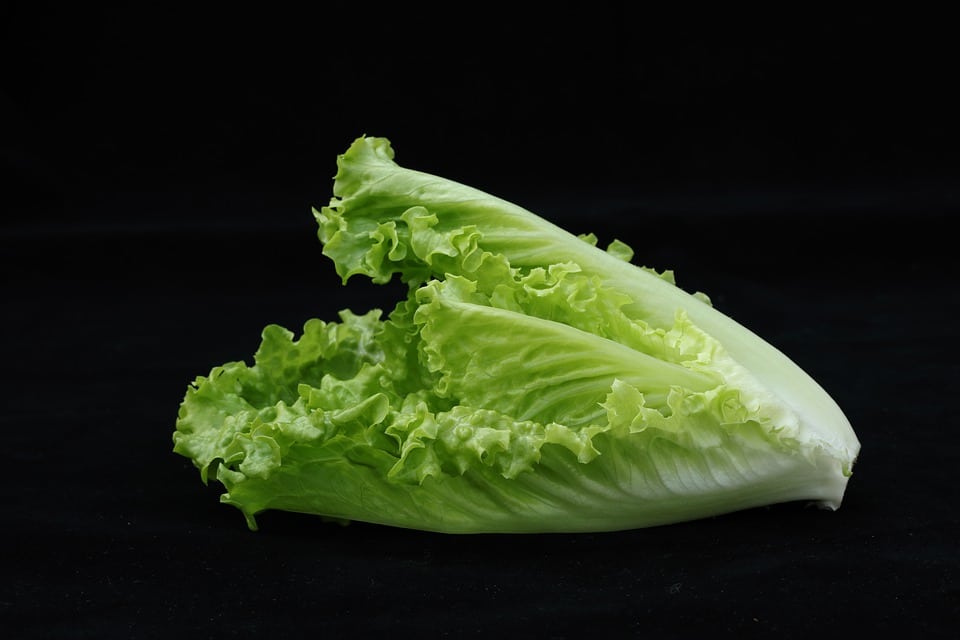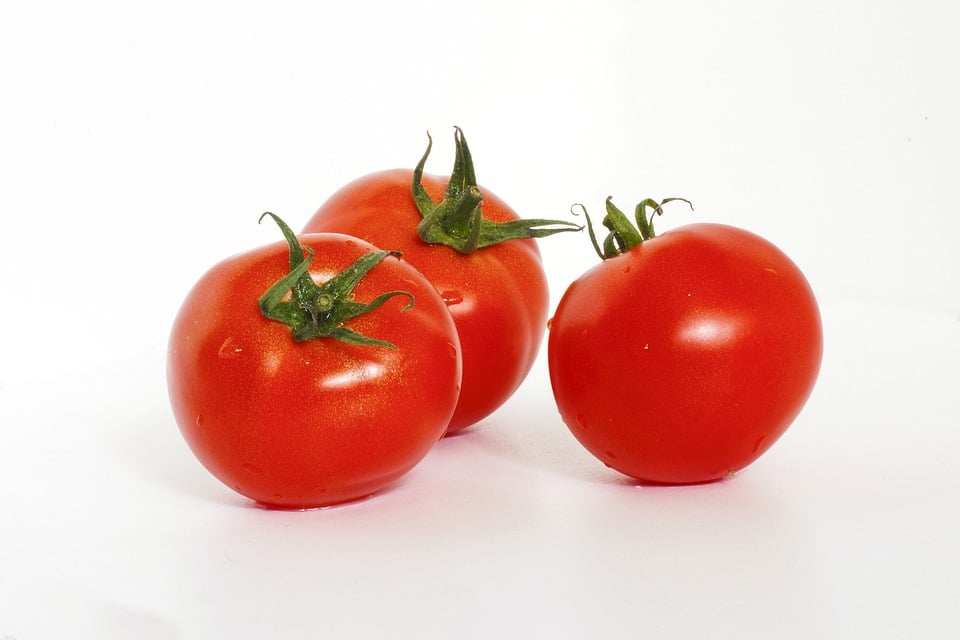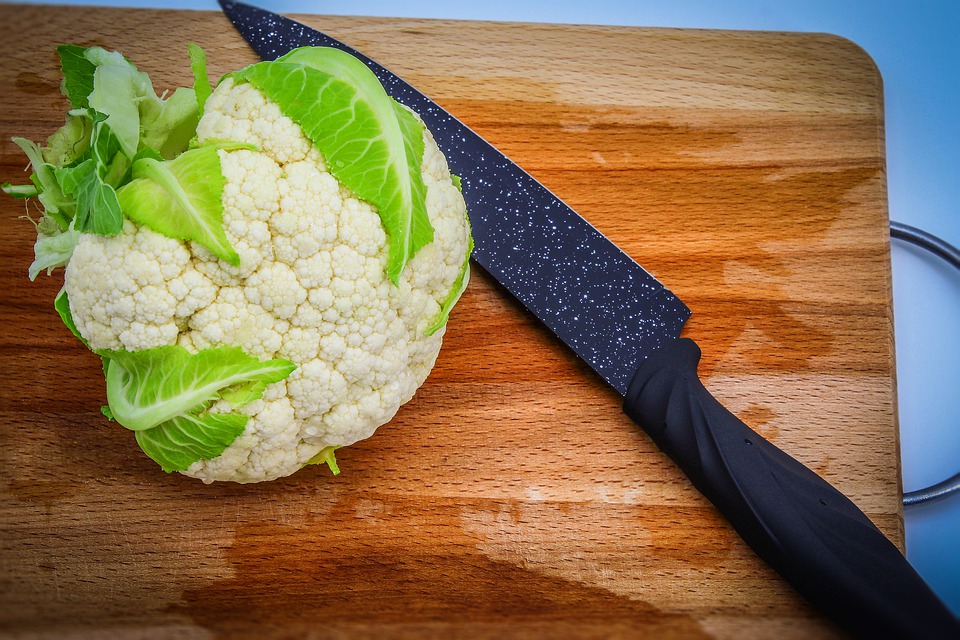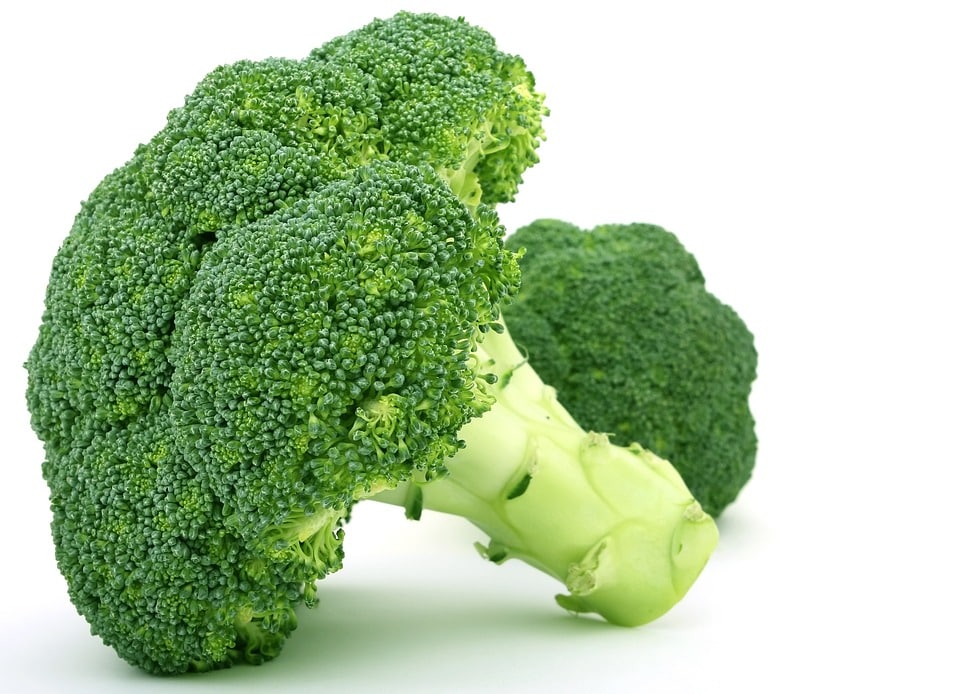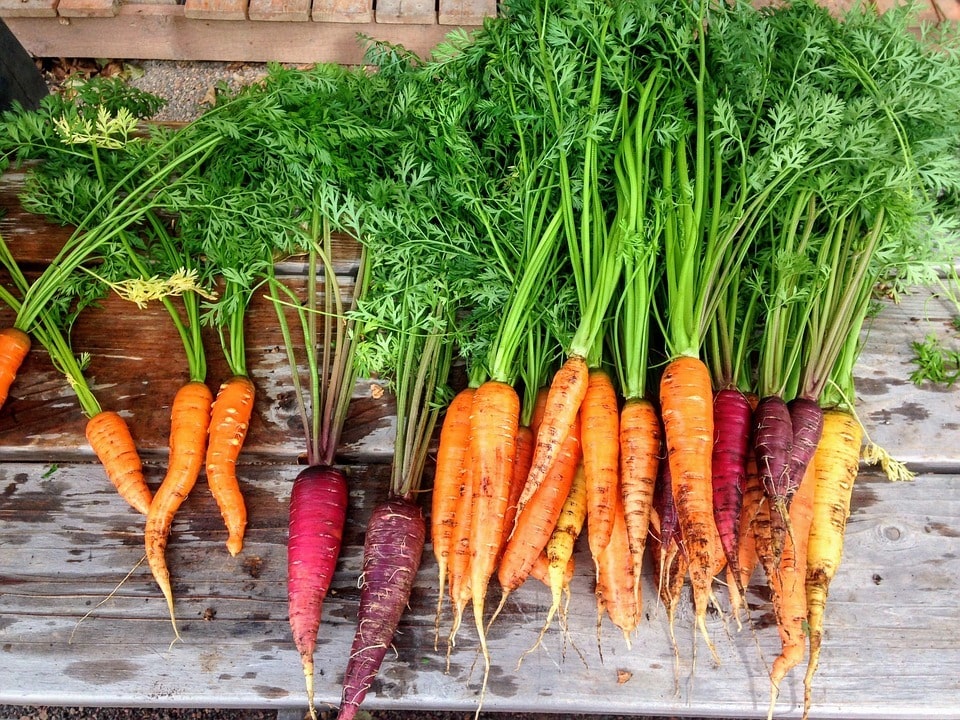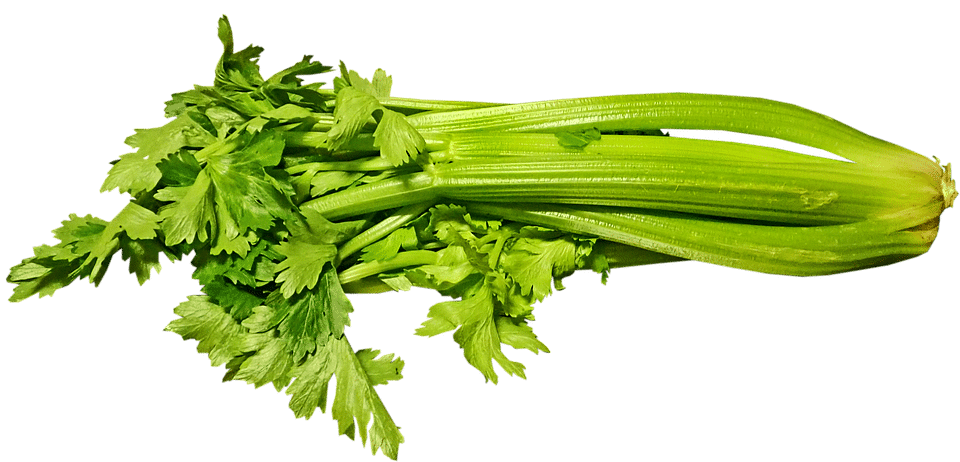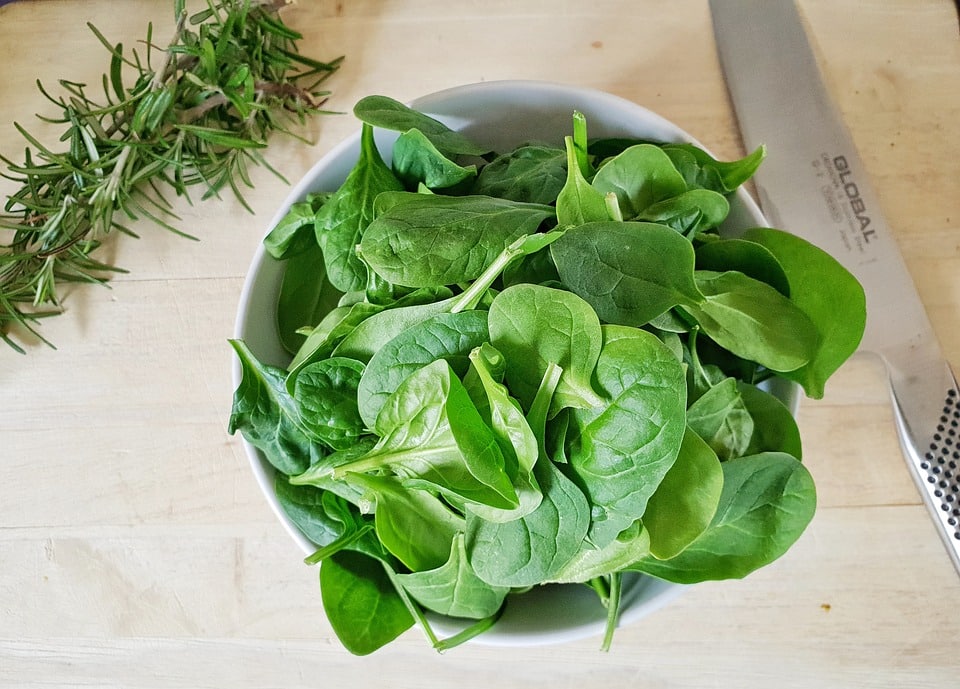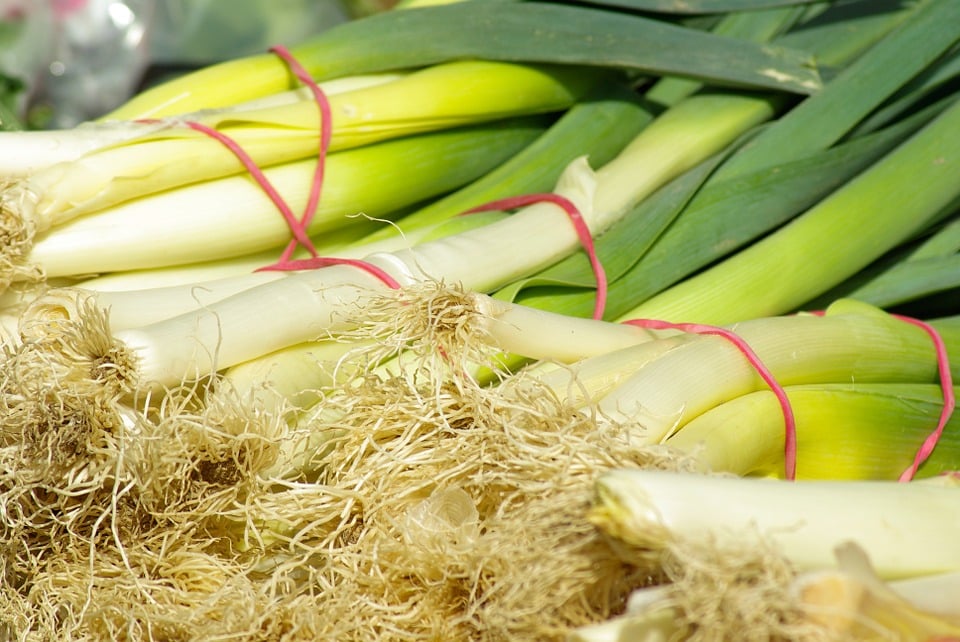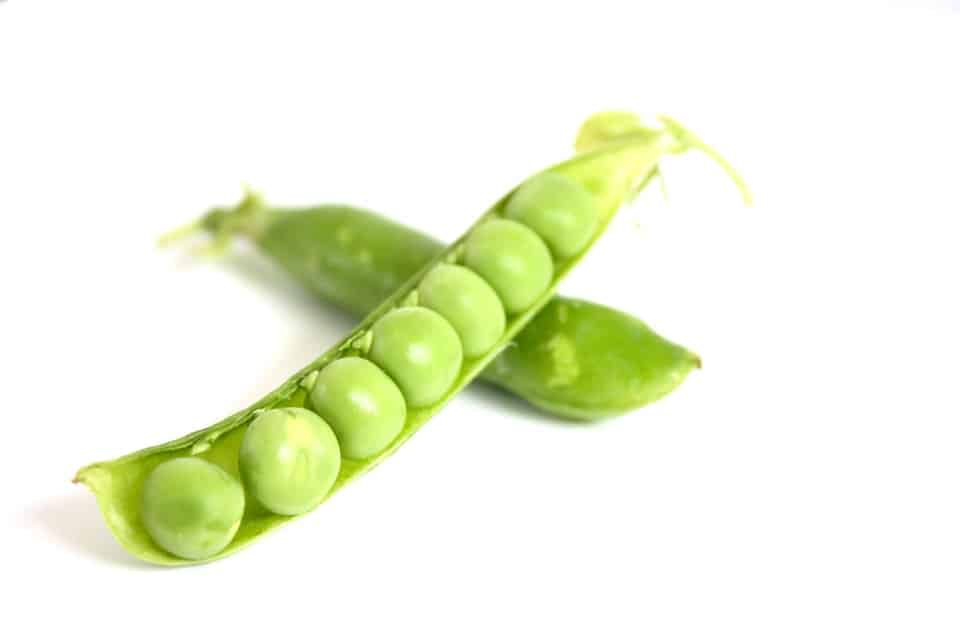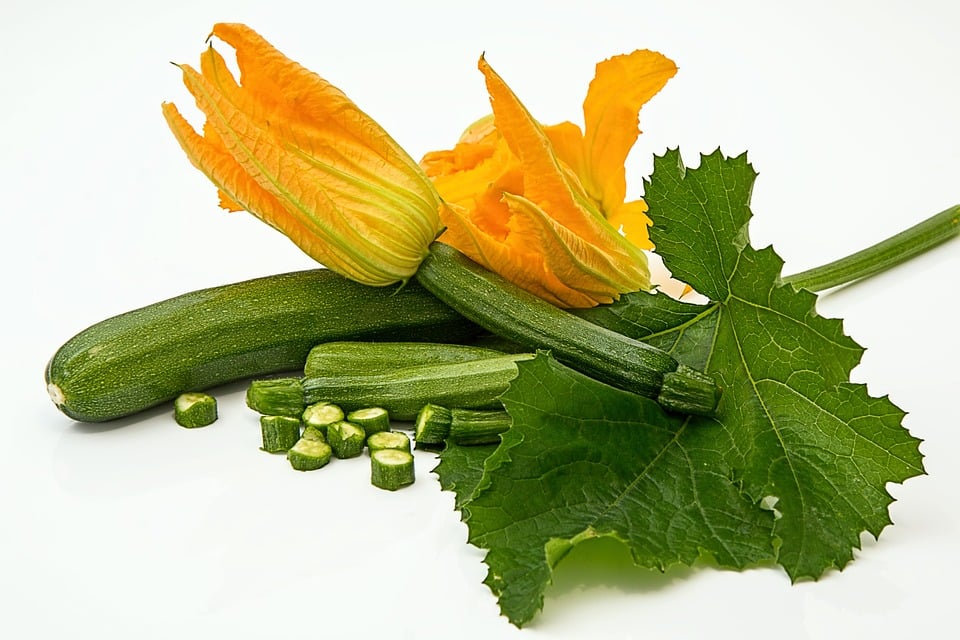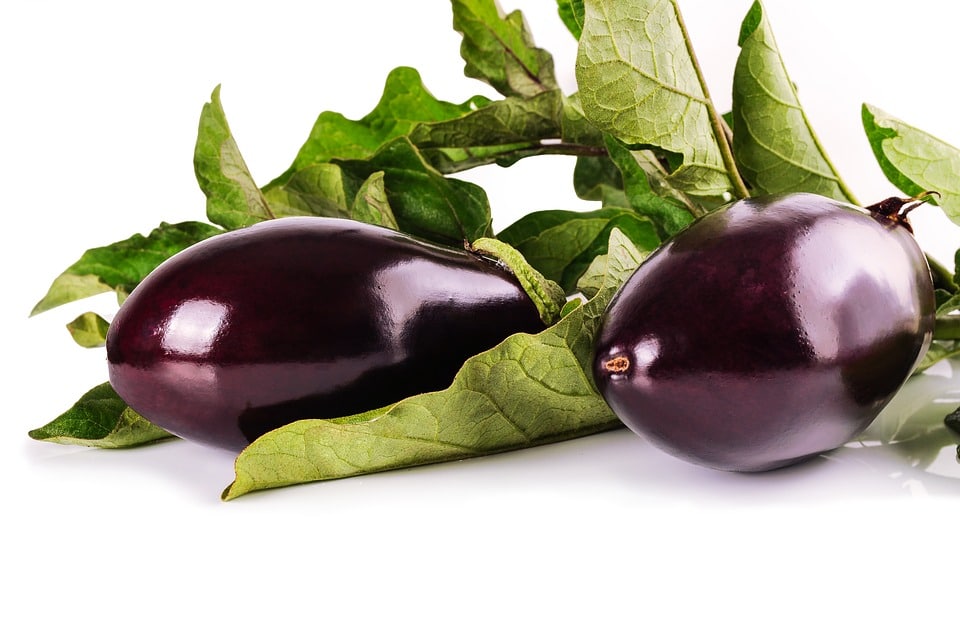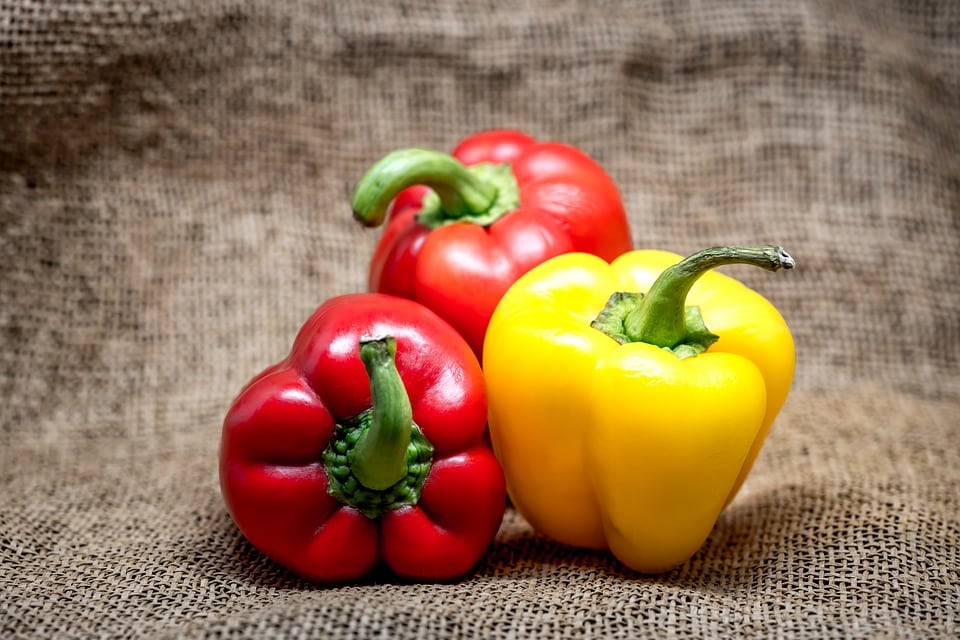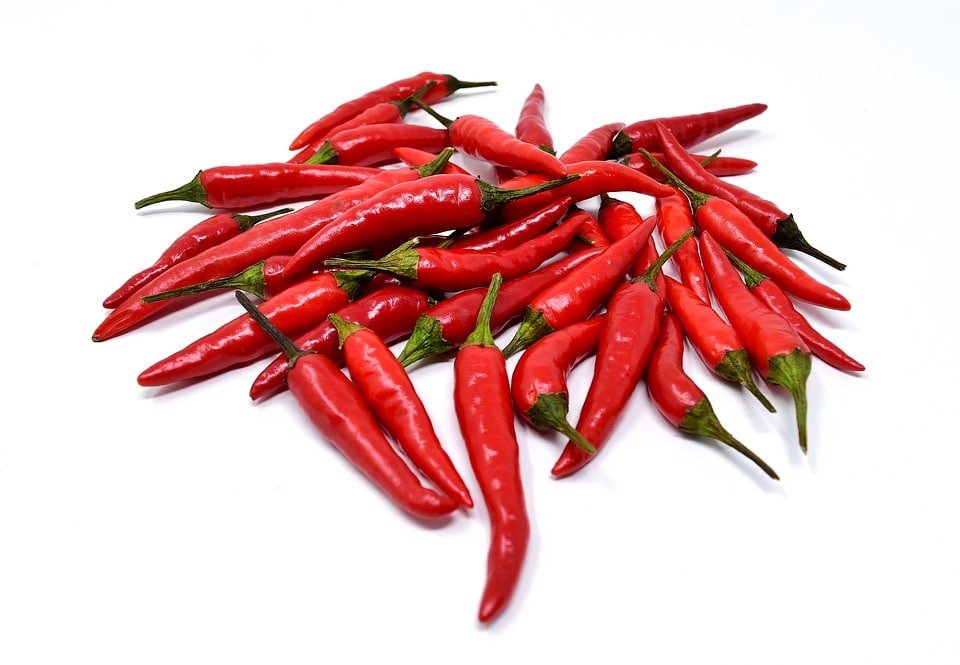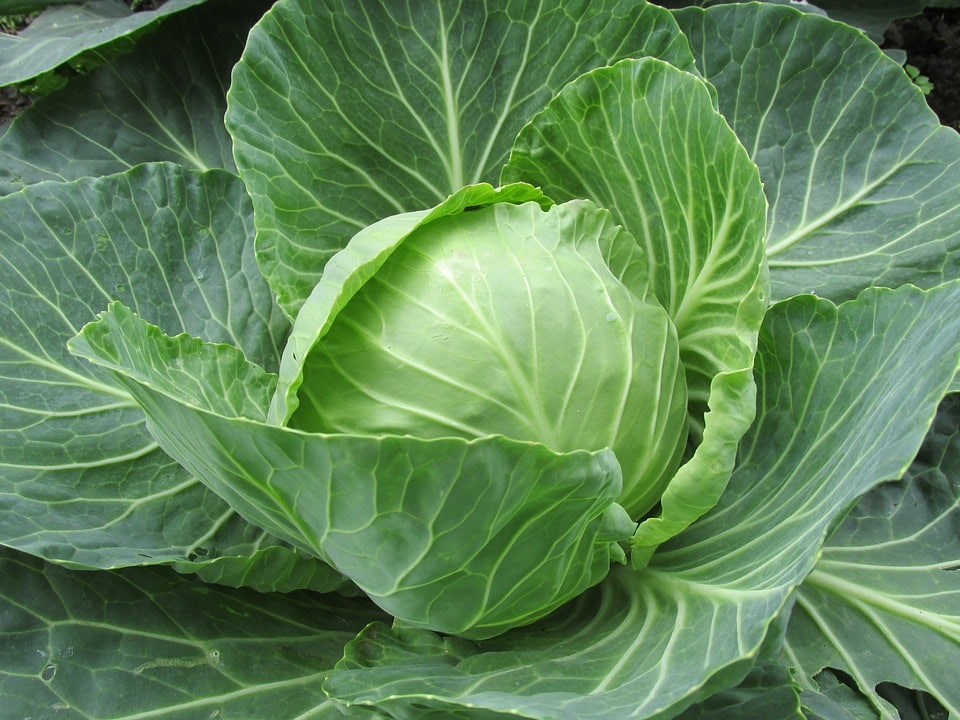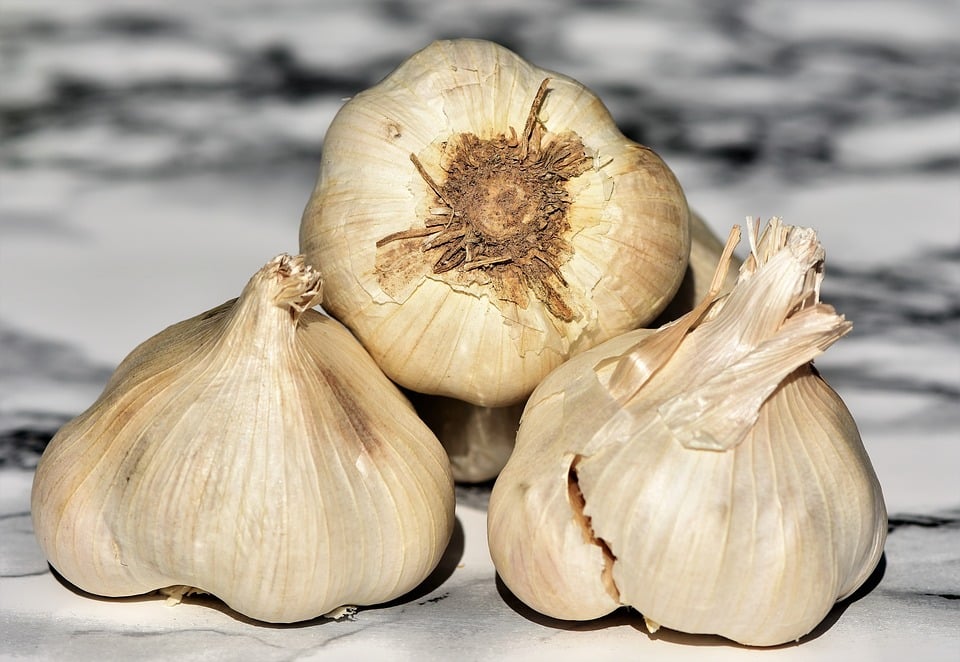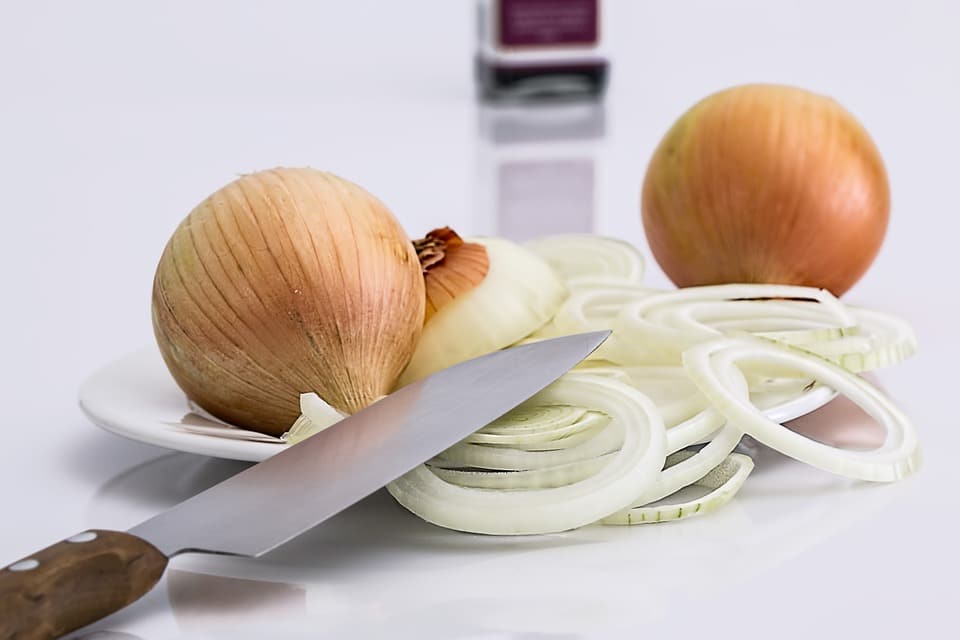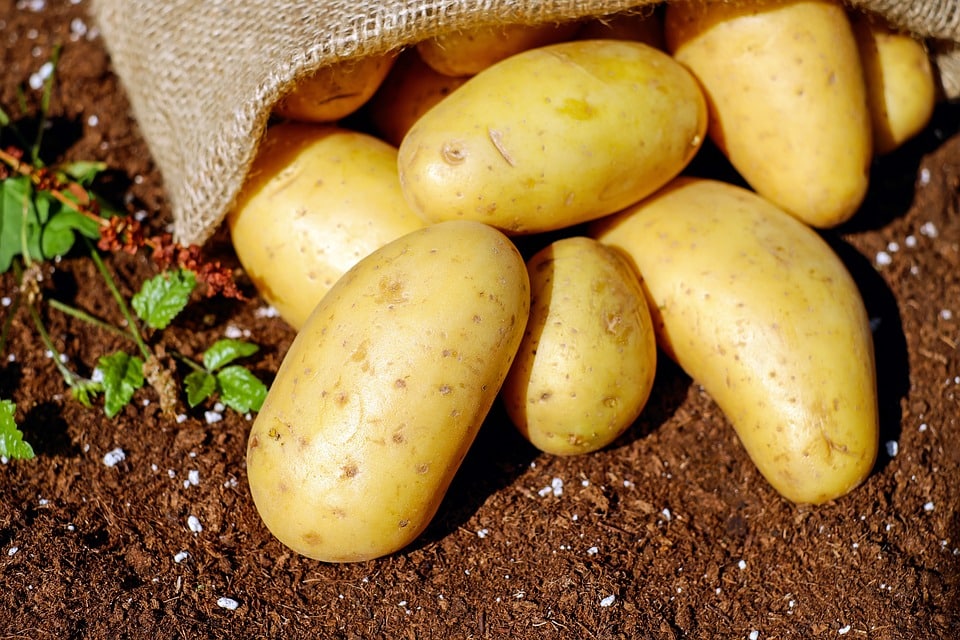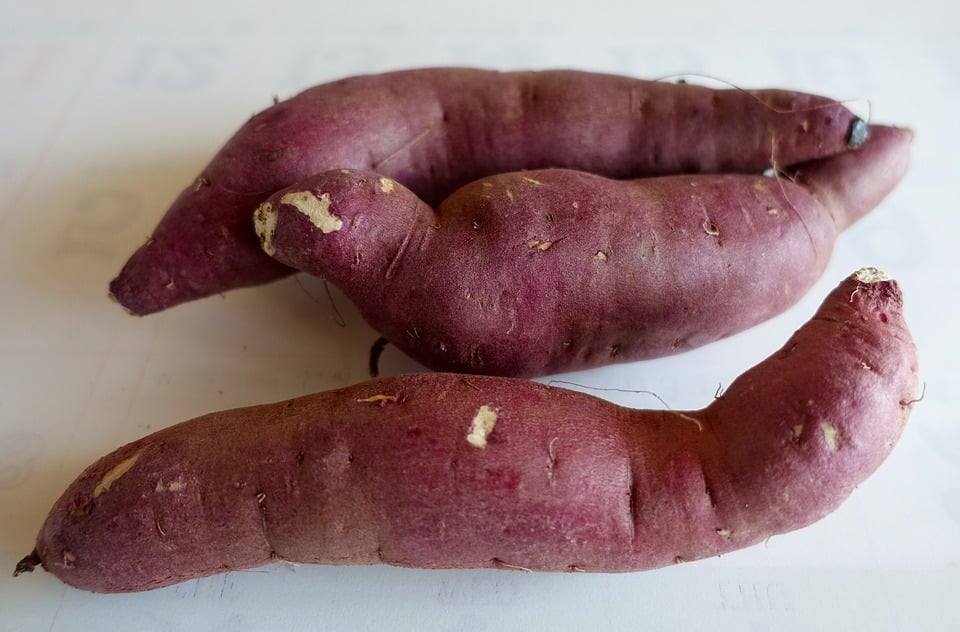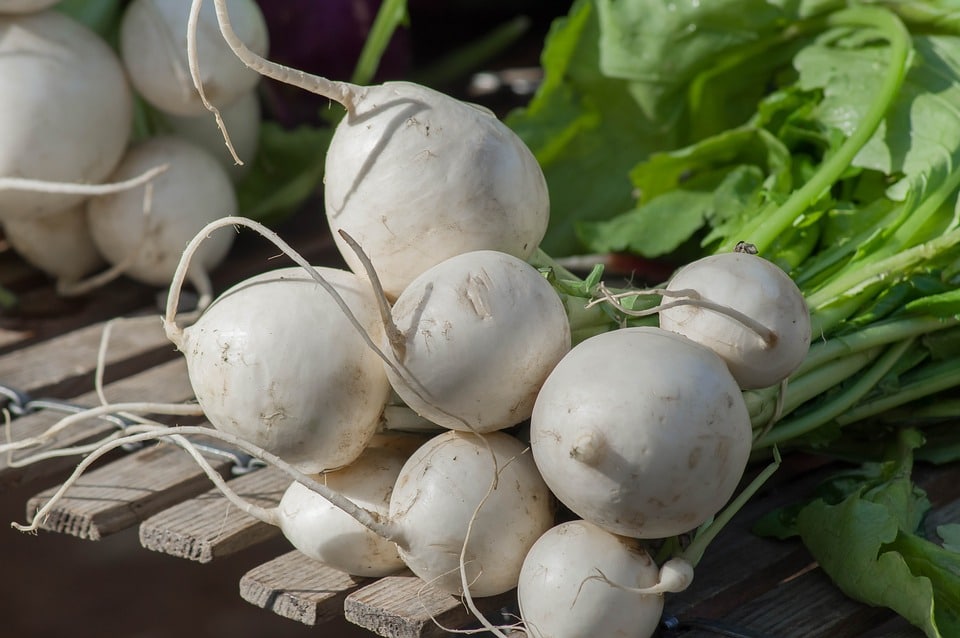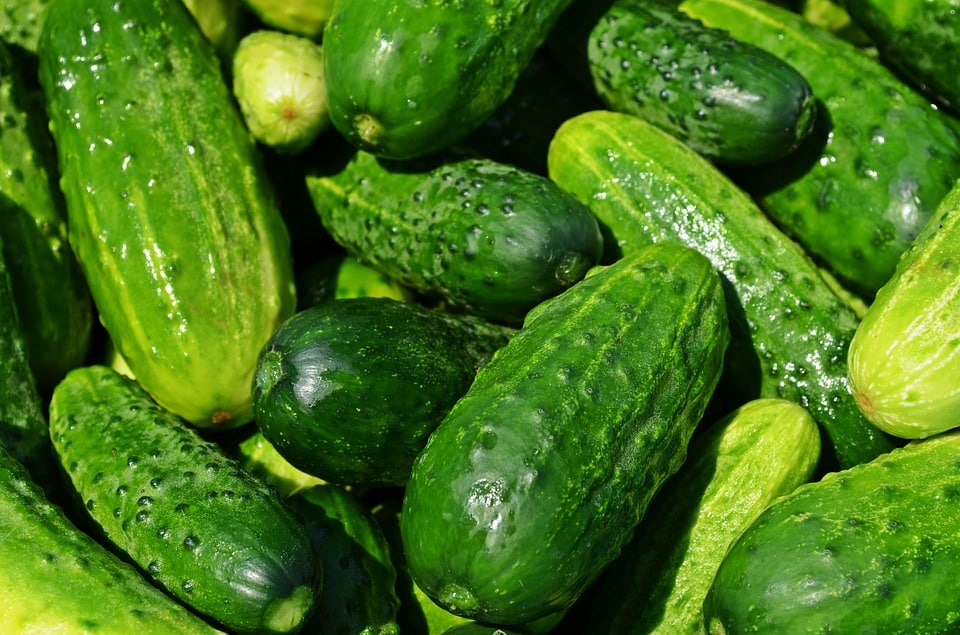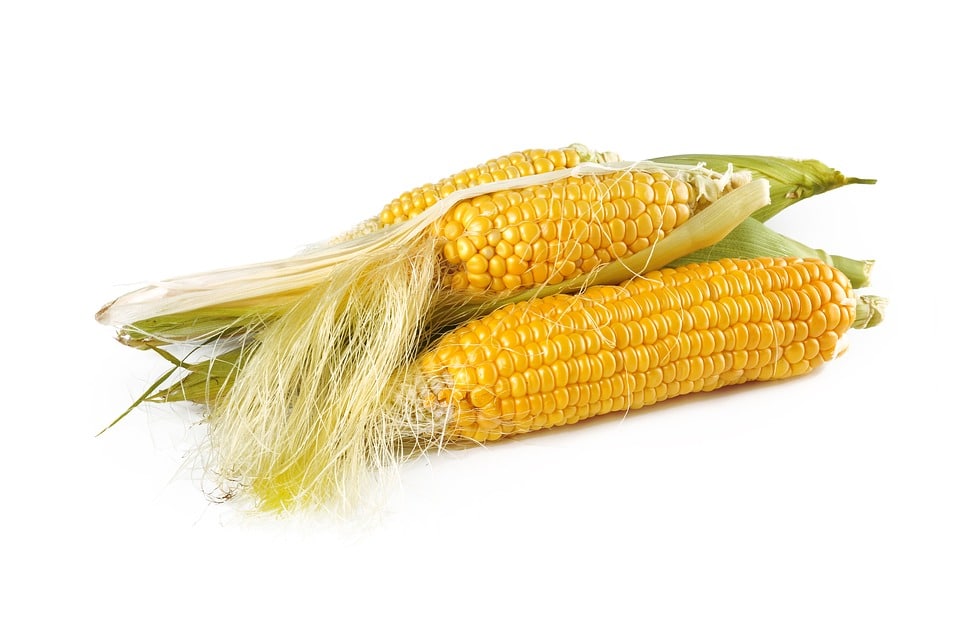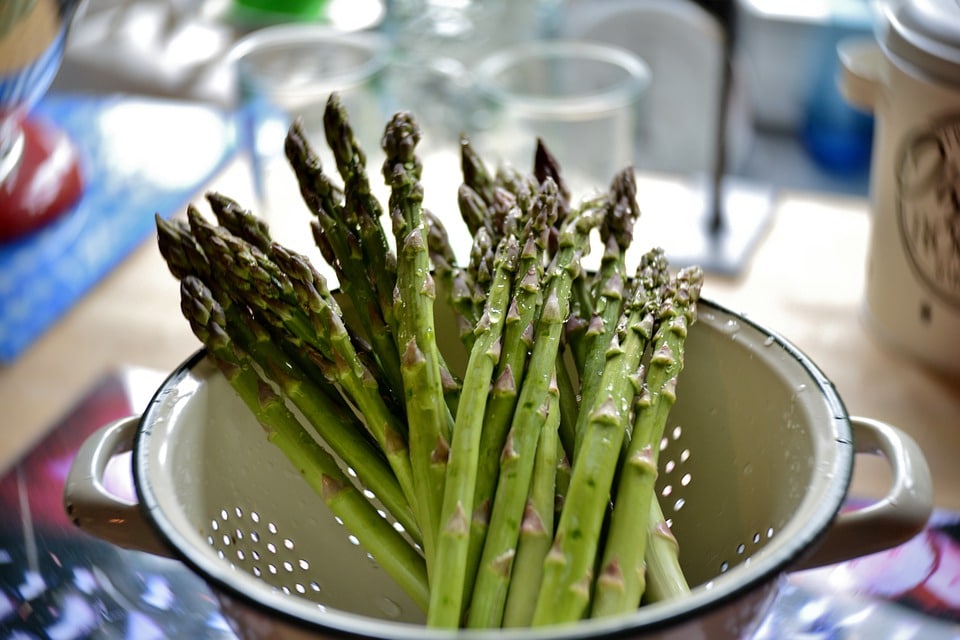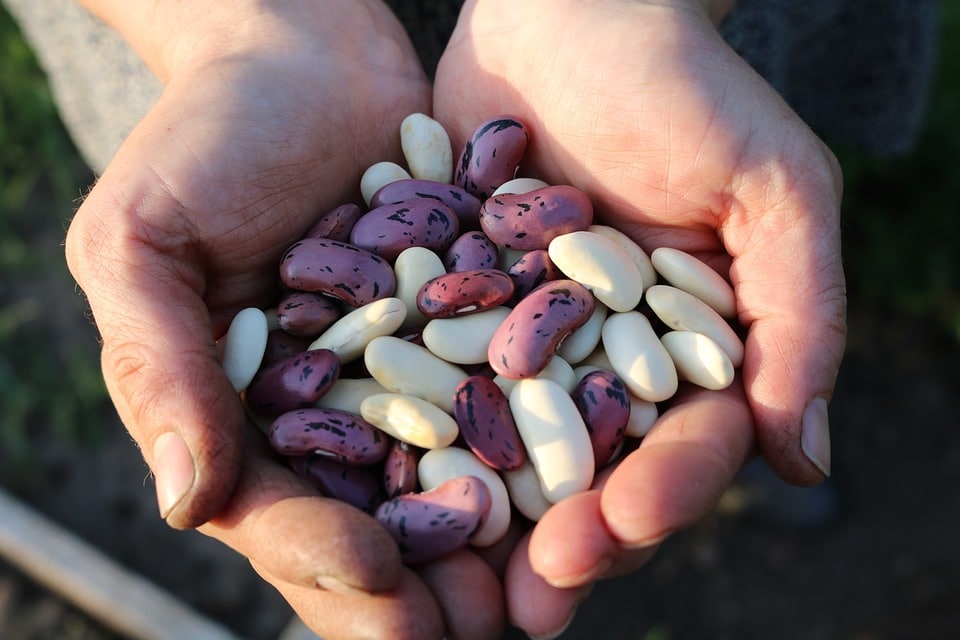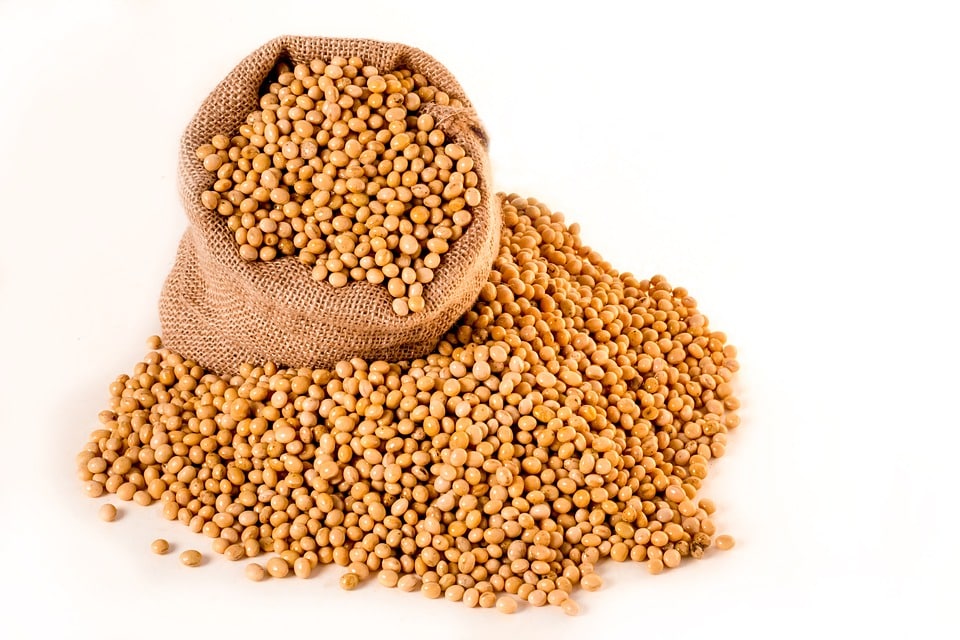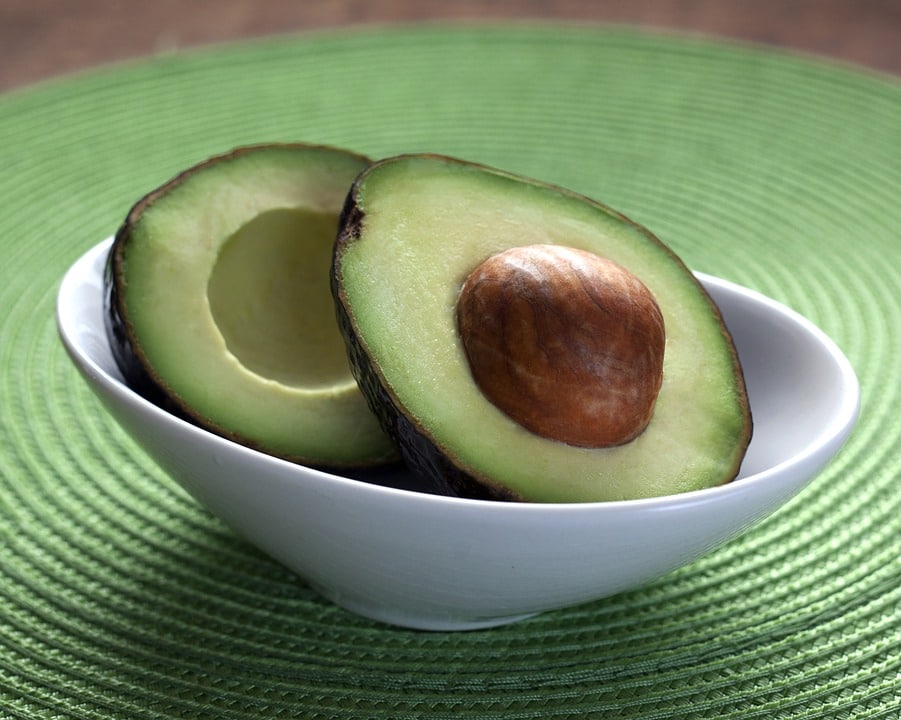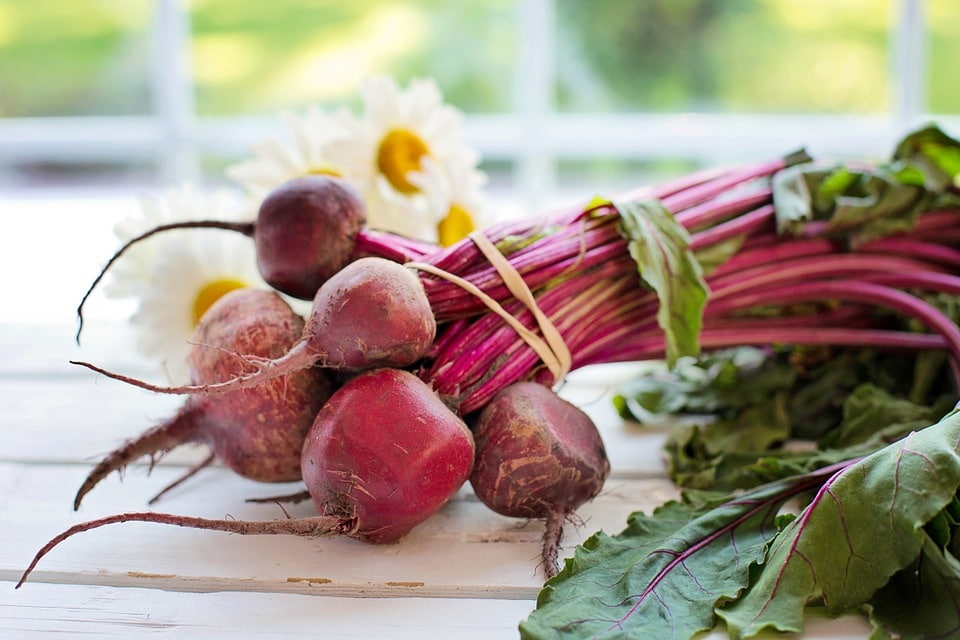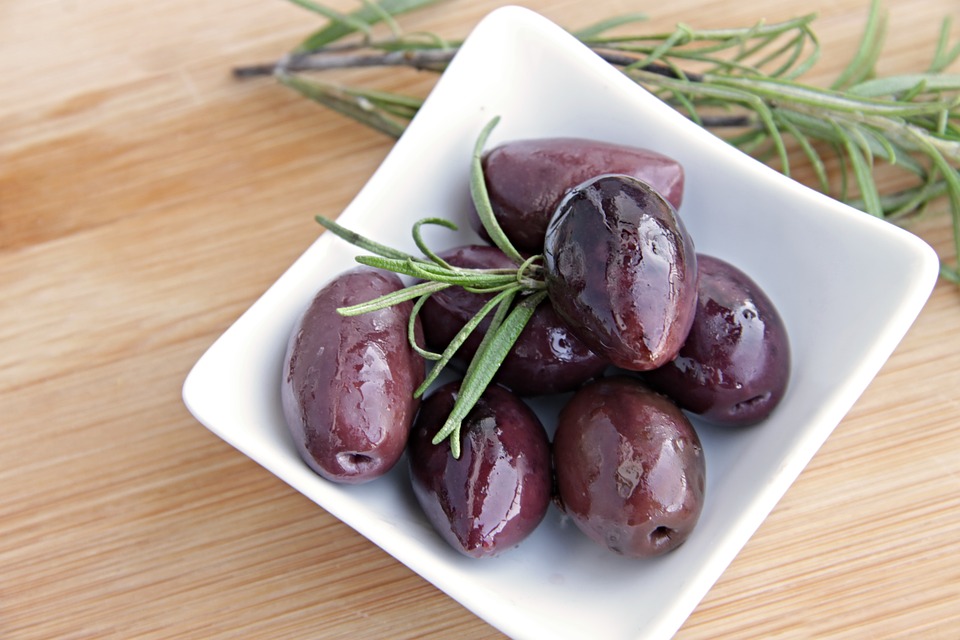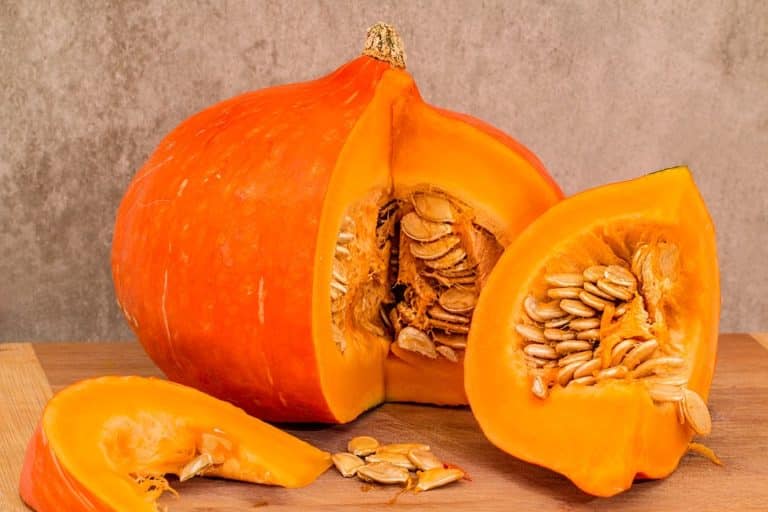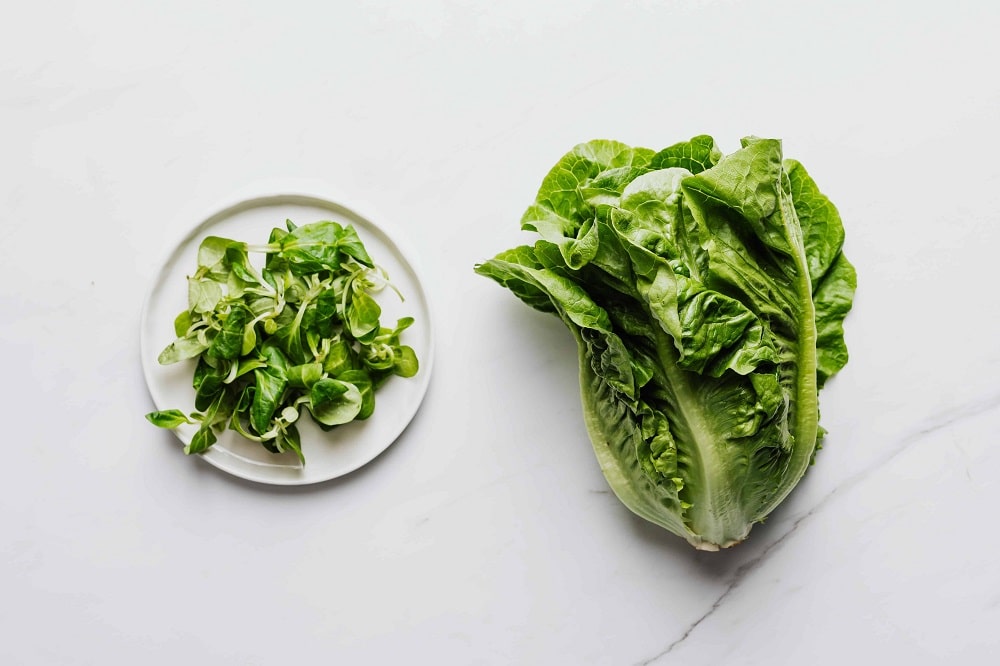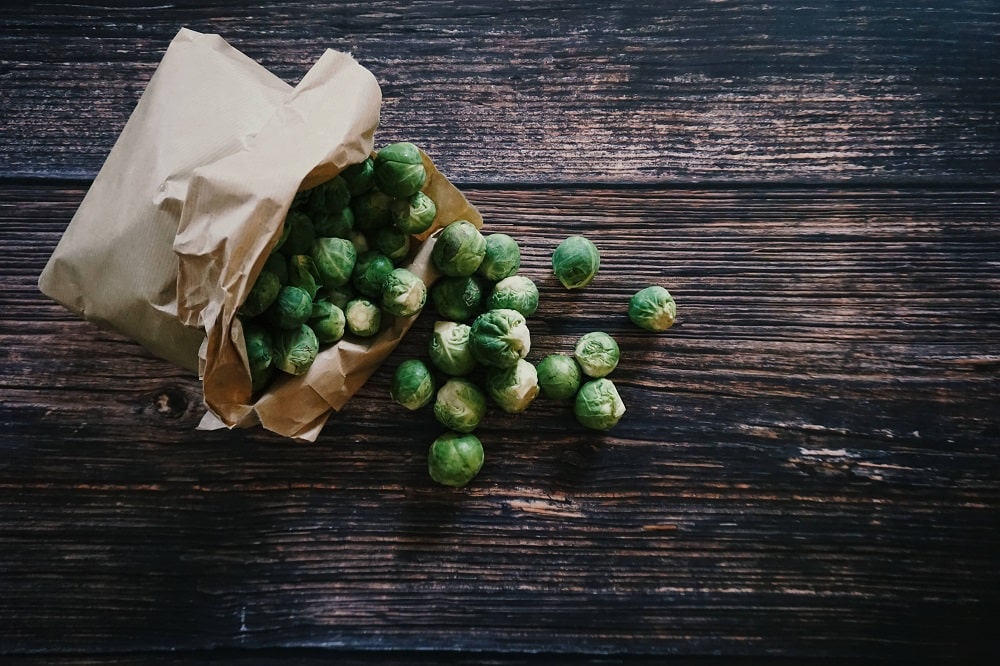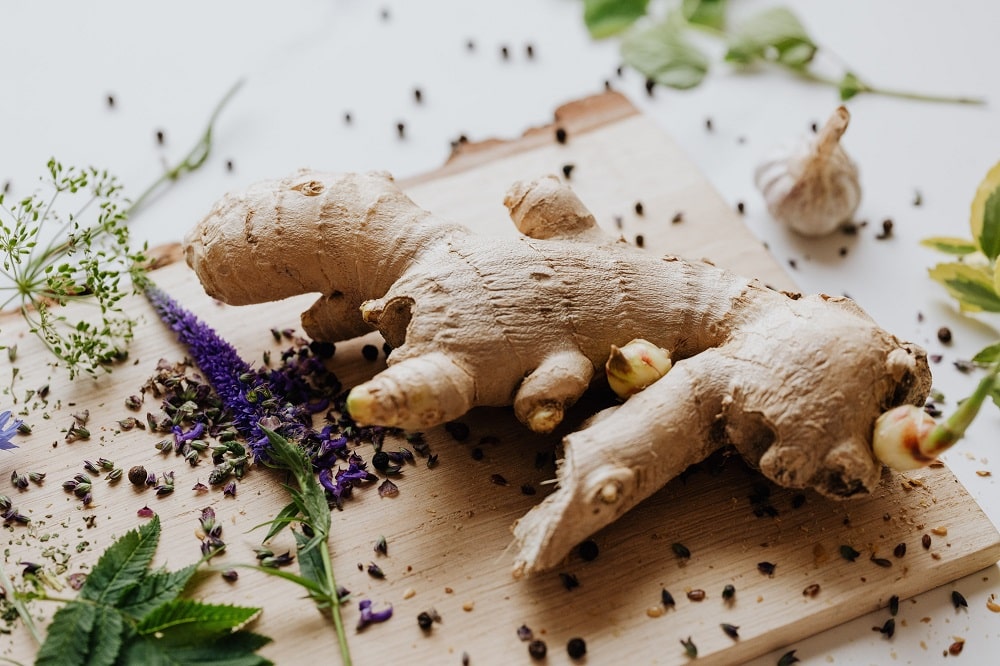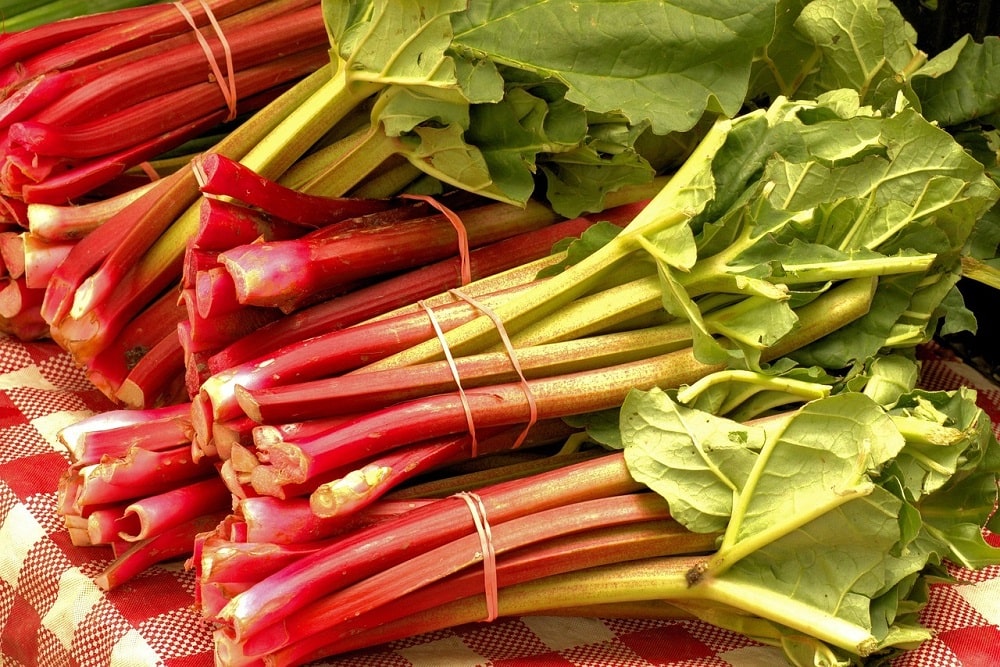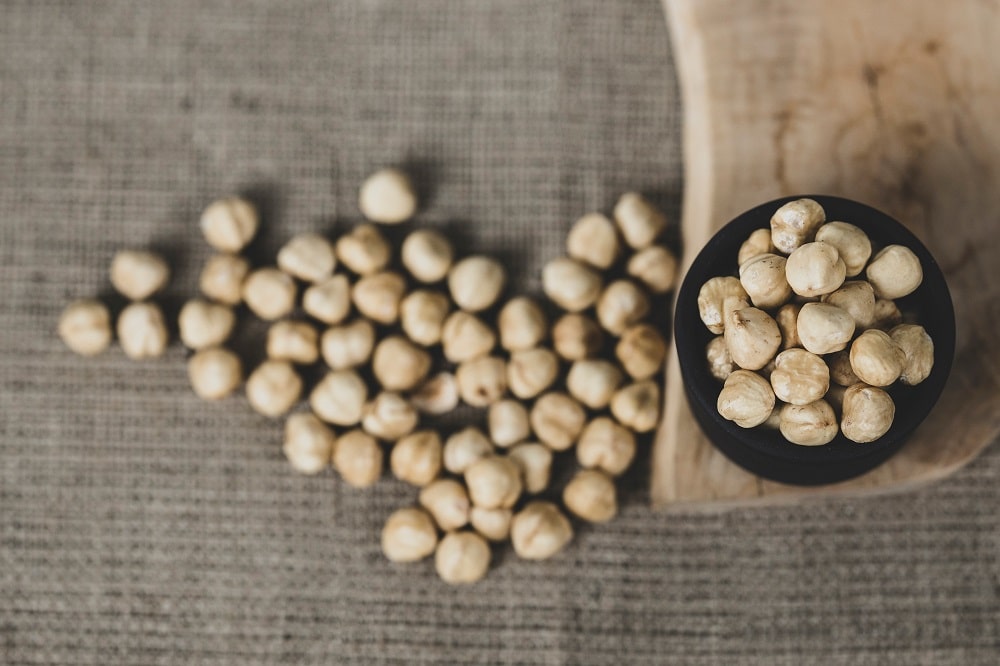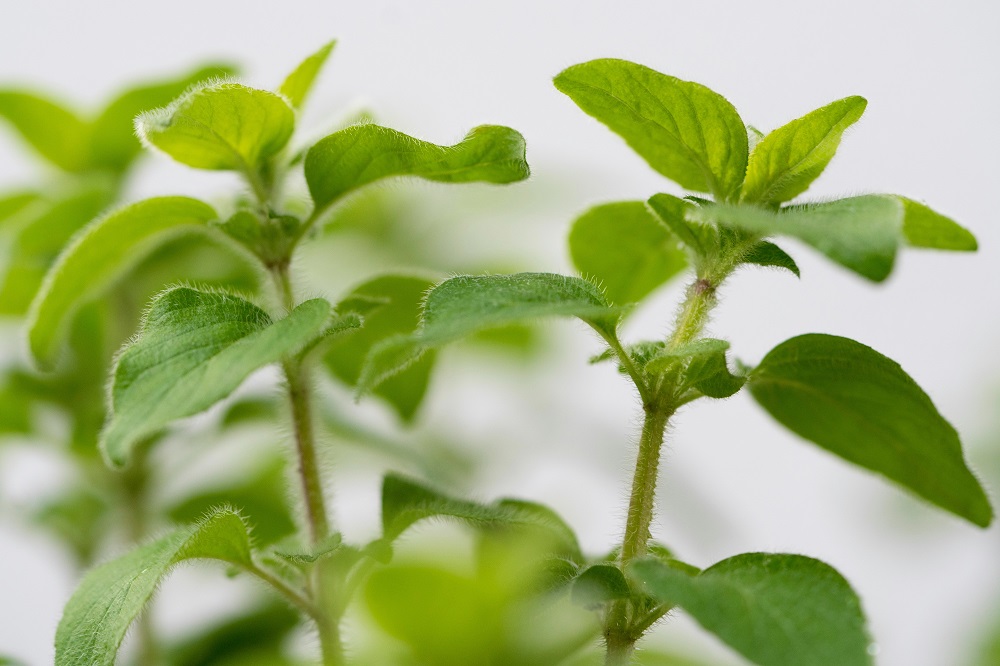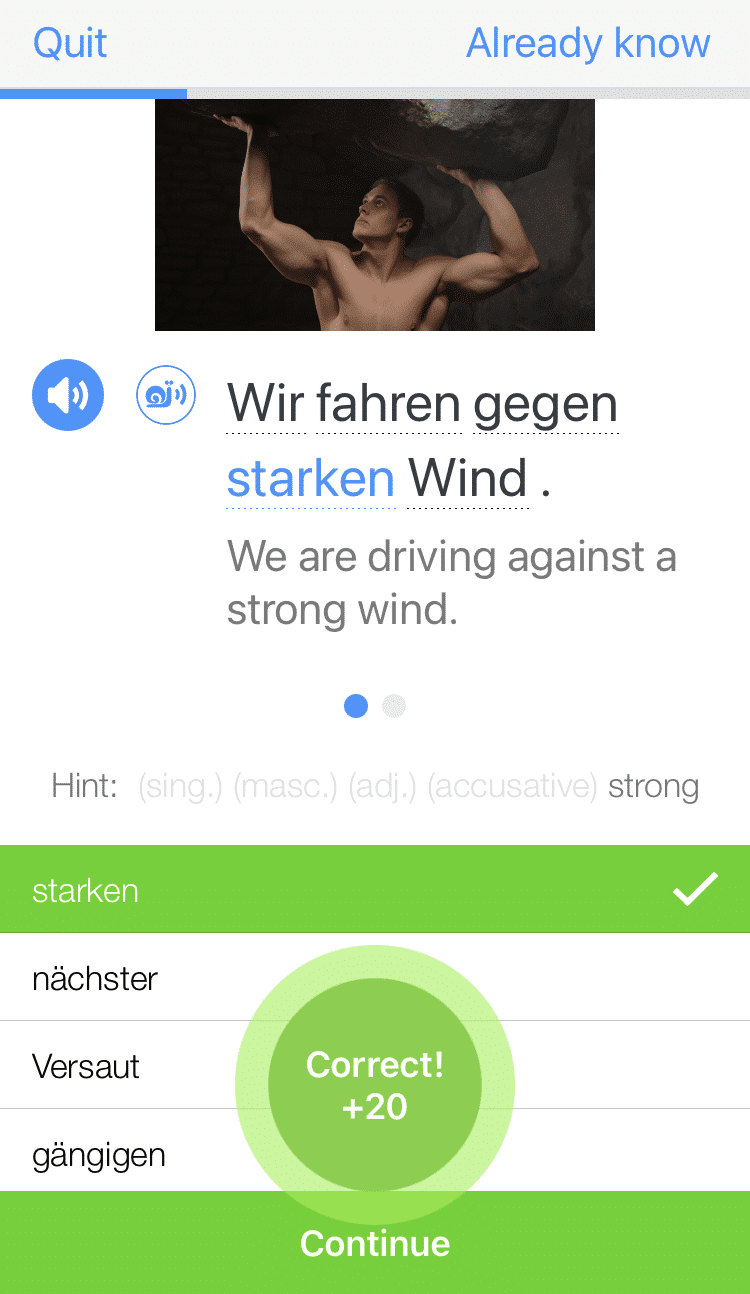Contents
- Gemüse auf Deutsch (Vegetables in German)
- der Salat / der Kopfsalat (Lettuce)
- die Tomate (Tomato)
- der Blumenkohl (Cauliflower)
- der Brokkoli (Broccoli)
- die Karotte / die Möhre (Carrot)
- der Sellerie (Celery)
- der Spinat (Spinach)
- der Lauch (Leek)
- die Erbse (Pea)
- der Gartenkürbis (Marrow) / die Zucchini (Zucchini)
- die Aubergine (Aubergine) / die Eierfrucht (Eggplant)
- der Paprika (Pepper) / die Paprikaschote (Bell pepper)
- die Chilischote (Chili pepper)
- der Kohl (Cabbage)
- der Knoblauch (Garlic) / die Knoblauchzehe (Clove of garlic)
- die Zwiebel (Onion)
- die Kartoffel (Potato)
- die Süßkartoffel (Sweet potato)
- die Rübe (Turnip)
- die Gurke (Cucumber)
- der Mais (Corn)
- der Spargel (Asparagus)
- die Bohne (Bean)
- die Sojabohne (Soybean)
- die Avocado (Avocado)
- das Rote Beet (Beet)
- der Rettich (Radish)
- der Pilz (Mushroom)
- die Olive (Olive)
- der Kürbis (Pumpkin)
- More Vegetables in German
- How to Practice Vegetables in German
- And One More Thing...
How to Say 58 Common Vegetables in German

Do you have Tomaten auf dem Augen (tomatoes on your eyes) when it comes to your German food vocabulary? In other words, are you wearing the proverbial “rose-tinted glasses” (or in this case, Tomaten) when it comes to your knowledge about food in German?
In this post, you’ll learn 58 vegetables in German, from die Blattgemüse (leafy vegetables) to die Hülsenfrüchte (legumes).
Download: This blog post is available as a convenient and portable PDF that you can take anywhere. Click here to get a copy. (Download)
Gemüse auf Deutsch (Vegetables in German)
Before we get started, keep in mind that das Gemüse is uncountable in German. That means that it’s written and said as das Gemüse in both singular and plural.
In other words, when you’re referring to one vegetable, it’s called das Gemüse. For example, you might ask,
Welches Gemüse passt zu Fisch? (What vegetable goes with fish?)
When referring to multiple vegetables or vegetables as a whole, you use this same form, even though it feels like it should be plural in English (and thus take the plural article die [the]).
For example:
Heute gibt es Fisch mit Bratkartoffeln und Gemüse. (Today, we have fish with roast potatoes and vegetables.)
Now that we’ve gotten that out of the way, let’s look at the stars of the show—das Gemüse themselves!
But just one final note: remember that German words that start with der (the) are masculine, words that start with die (the) are feminine and words that start with das (the) are neuter.
der Salat / der Kopfsalat (Lettuce)
Plural Form: die Salate / die Kopfsalate
There’s little difference between these two words. They both mean “lettuce,” but der Kopfsalat has more of a “head of lettuce” meaning because of the word Kopf (head).
Der Salat also means “salad” in German.
die Tomate (Tomato)
Plural Form: die Tomaten
Remember our idiomatic expression from earlier on? Tomaten auf dem Augen haben (to have tomatoes on one’s eyes) means “to be unaware that something is happening.”
This can apply to situations like when you don’t notice your lover’s new haircut or a coworker doesn’t realize that they’ll soon be fired.
der Blumenkohl (Cauliflower)
Plural Form: die Blumenkohle
This word is literally translated as “flowering cabbage.” It’s quite a colorful description, but I sure am happy that cauliflower tastes nothing like cabbage!
der Brokkoli (Broccoli)
Plural Form: die Brokkoli / die Brokkolis
This can also be spelled Broccoli in German. In some German-speaking households in North America, there’s an apparent “German-style” broccoli dish with bacon and mustard.
die Karotte / die Möhre (Carrot)
Plural Form: die Karotten / die Möhren
Die Karotte is the general, most-used word for “carrot” in German.
In the north of Germany, some speakers call carrots die Möhre. They’re also called gelbe Rübe in southern Germany, with gelbe meaning “yellow” and Rübe meaning “turnip.”
Both of these regions will understand die Karotte, of course, but you might see these two variations on labels and in daily conversations.
der Sellerie (Celery)
Plural Form: die Sellerie
This word was borrowed from the French word céleri (celery). Germans also eat Sellerieknolle (celery root) which is sometimes called “celeriac” in English.
Both Sellerie and Sellerieknolle can be combined with apples and beef broth for a tasty German-style salad.
der Spinat (Spinach)
Plural Form: die Spinate
This word was borrowed from the Italian word spinace (spinach). Germany is famous for its creamed spinach.
der Lauch (Leek)
Plural Form: die Lauche
Germans are quite fond of leeks with many different varieties cultivated in Germany. In fact, Germans love putting leeks in soups. Namely, cheese and leek soup!
die Erbse (Pea)
Plural Form: die Erbsen
In Germany, peas are common in soups as well as on their own with some butter and onion.
der Gartenkürbis (Marrow) / die Zucchini (Zucchini)
Plural Form: die Gartenkürbisse / die Zucchini
Like in English, there are a few ways to say this vegetable in German. Gartenkürbis literally translates to “garden pumpkin,” and it most accurately translates to a marrow, which is a type of immature zucchini (also known as a courgette in the United Kingdom).
die Aubergine (Aubergine) / die Eierfrucht (Eggplant)
Plural Form: die Auberginen / die Eierfrüchte
It turns out there are two ways to say this vegetable, too! Eierfrucht is the literal translation of “egg fruit.”
der Paprika (Pepper) / die Paprikaschote (Bell pepper)
Plural Form: die Paprikas / die Paprikaschoten
As in English, these two words are pretty interchangeable. However, they aren’t to be confused with the spice der Pfeffer (pepper).
die Chilischote (Chili pepper)
Plural Form: die Chilischoten
These are also known as Peperoncino (their native Italian name). Germans add Chilischoten to dishes much the same way the rest of the world does—to give the dish some heat!
der Kohl (Cabbage)
Plural Form: die Kohle
Ah, there it is. It’s not my favorite, but it’s a crucial ingredient to the German’s beloved Sauerkraut.
der Knoblauch (Garlic) / die Knoblauchzehe (Clove of garlic)
Plural Form: die Knoblauchzehen (Cloves of garlic)
In German, this vegetable is a type of Lauch (leek). Knoblauch is added to a wide variety of dishes, particularly in German Bierocks (meat turnovers).
die Zwiebel (Onion)
Plural Form: die Zwiebeln
Did you know that Germany is famous for its Zwiebelkuchen (Onion Pie)?
die Kartoffel (Potato)
Plural Form: die Kartoffeln
It’s been said that the Germans have a “love affair” with potatoes. They’re often made as a side to meat dishes and can be fried, baked, boiled or roasted.
die Süßkartoffel (Sweet potato)
Plural Form: die Süßkartoffeln
This word comes from the joining of two words: Süß (sweet) and kartoffel. They’re commonly baked or cubed and cooked for salads.
die Rübe (Turnip)
Plural Form: die Rüben
Karotten and Rüben are related, and their names are almost interchangeable in German-speaking regions. If you’re looking for turnip, however, make sure to only use the word Rübe.
die Gurke (Cucumber)
Plural Form: die Gurken
The German language shares the same origin of this word with the British gherkin. Cucumbers are widely grown in southern Germany, and they’re the fourth most consumed vegetable there.
der Mais (Corn)
This word comes from the Spanish word maíz, and the first instances of corn were brought to Europe from North America. Germany is now one of the biggest producers of corn in Europe.
der Spargel (Asparagus)
Plural Form: die Spargel
Asparagus has a very special place in German cuisine. The Germans even have entire festivals around the cultivation and consumption of it!
Spargelzeit (lit. “asparagus time”) is the time of the year when asparagus is harvested and eaten.
die Bohne (Bean)
Plural Form: die Bohnen
You can also say Kaffeebohne in German to refer to a coffee bean. There are many types of beans to choose from, check the tables for more!
die Sojabohne (Soybean)
Plural Form: die Sojabohnen
Soybeans aren’t native to Germany. Instead, they were brought from East Asia in the 1600s.
die Avocado (Avocado)
Plural Form: die Avocados
Avocados also aren’t native to Germany, but rather imports from the Americas in the 1500s. Like the rest of the western world, Germans have grown to love avocados recently. They consumed 36,000 tons of them in 2018!
das Rote Beet (Beet)
Plural Form: die Rote Beete
Rote is the color “red” in German. Beets are grown in southern Germany, and the Germans often eat them pickled and with onions.
der Rettich (Radish)
Plural Form: die Rettiche
Like English, this word came from the Latin word rādix. Special white radishes are called Bierrettich (beer radish).
der Pilz (Mushroom)
Plural Form: die Pilze
Wild mushrooms are very popular in Germany and still picked regularly. Be careful when attempting to pick them yourself, though!
die Olive (Olive)
Plural Form: die Oliven
Brought from the Mediterranean, olives are less popular in native German cuisine. However, they are common in griechischer Salat (Greek salad).
der Kürbis (Pumpkin)
Plural Form: die Kürbisse
Native to North America, pumpkins were first brought to Europe in the 1500s. Now, they’re grown all over Germany, and there’s an annual pumpkin festival in Ludwigsburg every year during the late summer.
More Vegetables in German
Die Blattgemüse (Leafy vegetables)
| English | German Singular Form | German Plural Form |
|---|---|---|
| Romaine lettuce | der Römersalat | die Römersalate |
| Iceberg lettuce | der Eisbergsalat | die Eisbergsalate |
| Red leaf lettuce | der Lollo Rosso | die Lollo Rossos |
| Watercress | die Brunnenkresse | die Brunnenkressen |
Die Kreuzblütelgemüse (Cruciferous vegetables)
| English | German Singular Form | German Plural Form |
|---|---|---|
| Brussels sprouts | der Rosenkohl | die Rosenkohle |
| Rocket/Arugula | der Rucola | die Rucolas |
| Broccolini/baby broccoli | der Baby-Brokkoli | die Baby-Brokkoli |
| Red cabbage | der Rotkohl | die Rotkohle |
| Kale | der Grünkohl | die Grünkohle |
| Bok choy | der Pak Choi | die Pak Choi |
Die Wurzelgemüse (Root vegetables)
| English | German Singular Form | German Plural Form |
|---|---|---|
| Ginger | der Ingwer | die Ingwer |
| Parsnip | die Pastinake | die Pastinaken |
| Rutabaga/swede | der Kohlrübe | die Kohlrüben |
| Horseradish | der Meerrettich | die Meerrettiche |
Die Stängelgemüse (Stem vegetables)
| English | German Singular Form | German Plural Form |
|---|---|---|
| Rhubarb | der Rhabarber | die Rhabarber |
| White asparagus | der weiße Spargel | die weißen Spargel |
| Green asparagus | der grüne Spargel | die grünen Spargel |
| Bamboo shoot | der Bambusspross | die Bambussprossen |
Die Zwiebelgemüse (Bulb vegetables)
| English | German Singular Form | German Plural Form |
|---|---|---|
| Red onion | die rote Zwiebel | die rote Zwiebeln |
| Spring onion | die Frühlingszwiebel | die Frühlingszwiebeln |
| Shallot | die Schalotte | die Schalotten |
| Fennel | der Fenchel | die Fenchel |
Die Hülsenfrüchte (Legumes)
| English | German Singular Form | German Plural Form |
|---|---|---|
| Chickpea | die Kichererbse | die Kichererbsen |
| Lentil | die Linse | die Linsen |
| Green bean | die grüne Bohne | die grünen Bohnen |
| Kidney bean | die Kidneybohne | die Kidneybohnen |
| Lima bean | die Limabohne | die Limabohnen |
| Marrowfat pea | die Kapuzinererbse | die Kapuzinererbsen |
Bonus: Die Kräuter (Herbs)
| English | German Singular Form |
|---|---|
| Basil | der Basilikum |
| Cilantro | der Koriander |
| Parsley | die Petersilie |
| Oregano | der Oregano |
| Rosemary | der Rosmarin |
| Cress | der Kresse |
| Tarragon | der Estragon |
| Dill | der Dill |
Note that, like in English, herbs in German only have singular forms.
How to Practice Vegetables in German
Don’t just memorize a list of vegetables in German and expect to be able to recall their meanings later on. Instead, try learning German vegetables in context and practicing them often!
- ToLearnFree offers German vegetable practice. You can start by unscrambling the letters to common German vegetables or doing a multiple-choice exercise with both German fruits and vegetables.
- On FluentU, you can find a variety of bite-sized clips that you can use to see how some of these German vegetable vocabulary terms are used in context by native speakers.
FluentU takes authentic videos—like music videos, movie trailers, news and inspiring talks—and turns them into personalized language learning lessons.
You can try FluentU for free for 2 weeks. Check out the website or download the iOS app or Android app.
P.S. Click here to take advantage of our current sale! (Expires at the end of this month.)
- Sporcle has two quizzes for practicing German vegetables: one includes choosing the correct German translation for the shown English vegetable, and the other includes clicking on the correct picture based on the German word shown.
- Digital Dialects also has flashcards and games that allow learners to practice vegetables with native German audio.
Take those tomatoes off of your eyes! You can say all the vegetables in German with ease now.
Download: This blog post is available as a convenient and portable PDF that you can take anywhere. Click here to get a copy. (Download)
And One More Thing...
Want to know the key to learning German effectively?
It's using the right content and tools, like FluentU has to offer! Browse hundreds of videos, take endless quizzes and master the German language faster than you've ever imagine!
Watching a fun video, but having trouble understanding it? FluentU brings native videos within reach with interactive subtitles.
You can tap on any word to look it up instantly. Every definition has examples that have been written to help you understand how the word is used. If you see an interesting word you don't know, you can add it to a vocabulary list.
And FluentU isn't just for watching videos. It's a complete platform for learning. It's designed to effectively teach you all the vocabulary from any video. Swipe left or right to see more examples of the word you're on.
The best part is that FluentU keeps track of the vocabulary that you're learning, and gives you extra practice with difficult words. It'll even remind you when it’s time to review what you’ve learned.
Start using the FluentU website on your computer or tablet or, better yet, download the FluentU app from the iTunes or Google Play store. Click here to take advantage of our current sale! (Expires at the end of this month.)
